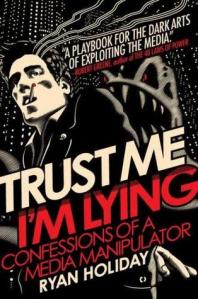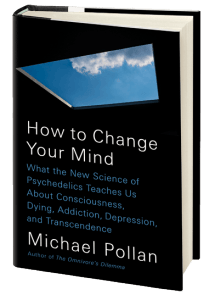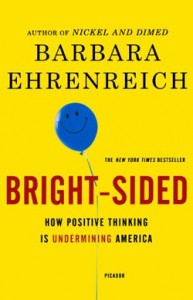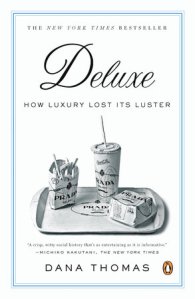 Title: Backlash: The Undeclared War Against American Women
Title: Backlash: The Undeclared War Against American Women
Author: Susan Faludi
Genre: Current Issues/Feminism
Trigger Warnings: Spousal abuse/intimate partner violence, sexism, misogyny, sexual assault (mentions), rape (mentions), gender discrimination
Back Cover:
“Opting-out,” “security moms,” “desperate housewives,” “the new baby fever”—the trend stories of 2006 leave no doubt that American women are still being barraged by the same backlash messages that Susan Faludi brilliantly exposed in her 1991 bestselling book of revelations. Now, the book that reignited the feminist movement is back in a fifteenth anniversary edition, with a new preface by the author that brings backlash consciousness up to date.
When it was first published, Backlash made headlines for puncturing such favorite media myths as the “infertility epidemic” and the “man shortage,” myths that defied statistical realities. These willfully fictitious media campaigns added up to an antifeminist backlash. Whatever progress feminism has recently made, Faludi’s words today seem prophetic. The media still love stories about stay-at-home moms and the “dangers” of women’s career ambitions; the glass ceiling is still low; women are still punished for wanting to succeed; basic reproductive rights are still hanging by a thread. The backlash clearly exists.
With passion and precision, Faludi shows in her new preface how the creators of commercial culture distort feminist concepts to sell products while selling women downstream, how the feminist ethic of economic independence is twisted into the consumer ethic of buying power, and how the feminist quest for self-determination is warped into a self-centered quest for self-improvement. Backlash is a classic of feminism, an alarm bell for women of every generation, reminding us of the dangers that we still face.
Review:
This is a great book to read if you want to be angry. Because wow.
This book is about the phenomenon of backlash against women’s rights. In the 70s, women’s rights made huge progress, and Backlash details how society reacted to that by emotionally, economically, and politically waging war against women to try and put them back in their place.
I don’t actually hate men. Men individually can be very nice. But men as an institution are absolutely horrible. This book is full of examples of men reacting to women becoming more independent with abuse, harassment, discrimination, and injustice. This is a tome of a book (nearly 600 pages) and it’s just full of men’s attempts to tear women down, organized by category. From the personal (rape, domestic abuse, verbal sexism, workplace harassment, etc.) to the institutional (beauty standards, hiring discrimination, discrimination in the courts, the message that women aren’t worth anything unless they’re mothers, and more), there’s a whole massive campaign against women and women (and I’d wager most men) aren’t consciously aware of it.
This is a very thoroughly journalistic work, and if you have doubts, Susan has sources. Chapter one had 7 entire pages of sources. Some of it is data from interviews and time the author spent observing the situations she writes about, and some of it is from research, but it’s very well-sourced and every place she got her information is listed in the back of the book.
Even though it is focused on the 80s (the original book was published in 1991), the 2006 edition that I read had a preface with updates – but even without that, it’s still incredibly relevant. It is super long, and I know a lot of people won’t have the time or the perseverance to get through it (I almost didn’t and I love reading), but it still makes my recommended reading list. Even if you can’t get through the entire thing, just a chapter or two will help you get the picture. And if you think feminism isn’t necessary anymore, this should be required reading. We’ve come a long way, but we still have a long way to go.






